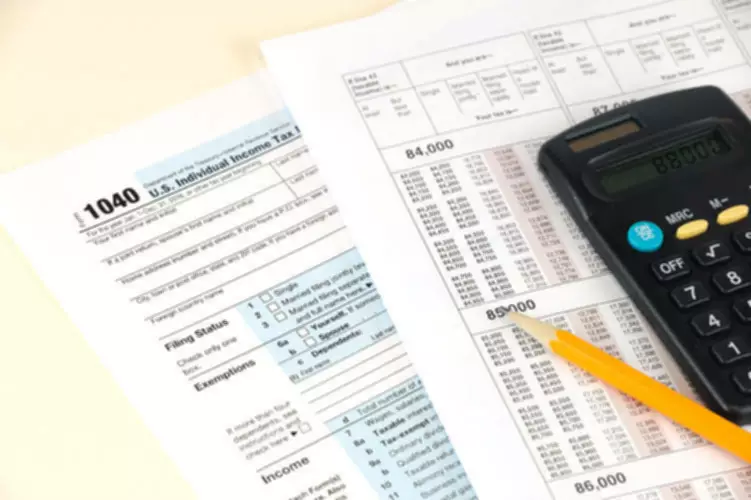A Beginners Guide to The Accounting Cycle Bench Accounting
Content

An accounting cycle is important for both internal and external stakeholders. The internal stakeholders use the accounting details to evaluate the company’s performance and decide to invest in the recruitment process and technological advancements. An accounting cycle records, analyses, and summarizes accounting events for the details to be shared with internal and external stakeholders as they are affected by those activities. On the contrary, a budget cycle is a process where the records are internally used to decide future actions within the company. Bookkeepers and accountants must follow theaccounting cycle stepsproperly to make the accounting process efficient and accurate.

In addition, by adjusting entries, the accountant will ensure the information seekers receive crystal clear accounting details from the trial balance. A business’s accounting period depends on several factors, including its specific reporting requirements and deadlines. Many companies like to analyze their financial performance every month, while others focus on quarterly or annual reports.
What is the purpose of the accounting cycle?
Adjusting entries are required to be is because a transaction may have influence revenues or expenses beyond the current accounting period and to journalize to the events that not yet recorded. The eight-step accounting cycle process makes accounting easier for bookkeepers and busy entrepreneurs. It can help to take the guesswork out of how to handle accounting activities. It also helps to ensure consistency, accuracy, and efficient financial performance analysis. Finally, a company ends the accounting cycle in the eighth step by closing its books at the end of the day on the specified closing date.
Company X received $500 for its software products on March 15, 2022, and recorded the entry for that particular period. The amount becomes a debit record to the cash account and credit to the Sales accounting cycle steps Revenue account. If the company’s transactions for the day included a cash sale of $500 and $300 with a cash refund of $200, the cash transaction of the business would be a debit of $600.
Accounting Cycle Step 5
Creating an unadjusted trial balance is crucial for a business, as it helps ensure that total debits equal total credits in your financial records. This step generally identifies anomalies, such as payments you may have thought were collected and invoices you thought were cleared but actually weren’t.
After preparation of the profit and loss account/income statement and balance sheet, the accounts have to be closed to prepare for the next accounting period. After making the adjustment entries, a company will generate itsfinancial statementsas the next step. The most common financial statements include an income statement, https://www.bookstime.com/ balance sheet, cash flow statement and statement of shareholder’s equity. Note that some steps are repeated more than once during a period. Obviously, business transactions occur and numerous journal entries are recording during one period. Ever dream about working for the Federal Bureau of Investigation ?
Analyzing and Classify Data about an Economic Event
To stay on track, you might consider using an accounting cycle. The final step before you create your financial statements is making any adjustments, which need to be made to account for any corrections for accruals or deferrals. An example of an adjustment might be a salary or bill that is paid later on in the accounting period. Since it was recorded as an account payable when the cost originally occurred, it requires an adjustment to remove the charge. Arguably one of the most intricate steps in the accounting process is the worksheet analysis.
- Before issuing an opinion, auditors review the firm’s accounting practices, financial data sources, and account transaction histories.
- This information assures that the company has a complete accounting transaction record.
- One of the accounting cycle’s main objectives is to ensure all the finances during the accounting period are accurately recorded and reflected in the statements.
- The accounting cycle is the process of recording your company’s revenue and expenses, while the budget cycle is used to determine how much money a business should have at any given time.
- When business owners can generate reliable financial statements, they can understand and manage their business better.
- As such, one could request financial results for most any period of time (e.g., the 45 days ending October 15, 20XX), even if it related to a period several years ago.
It indicates that firms have created all financial statements, and recorded, analyzed, and summarized all business transactions thoroughly. With the closure of the books, however, the bookkeepers and accountants repeat the accounting steps for the next accounting period. The unadjusted trial balance is the first trial balance that must be prepared.

